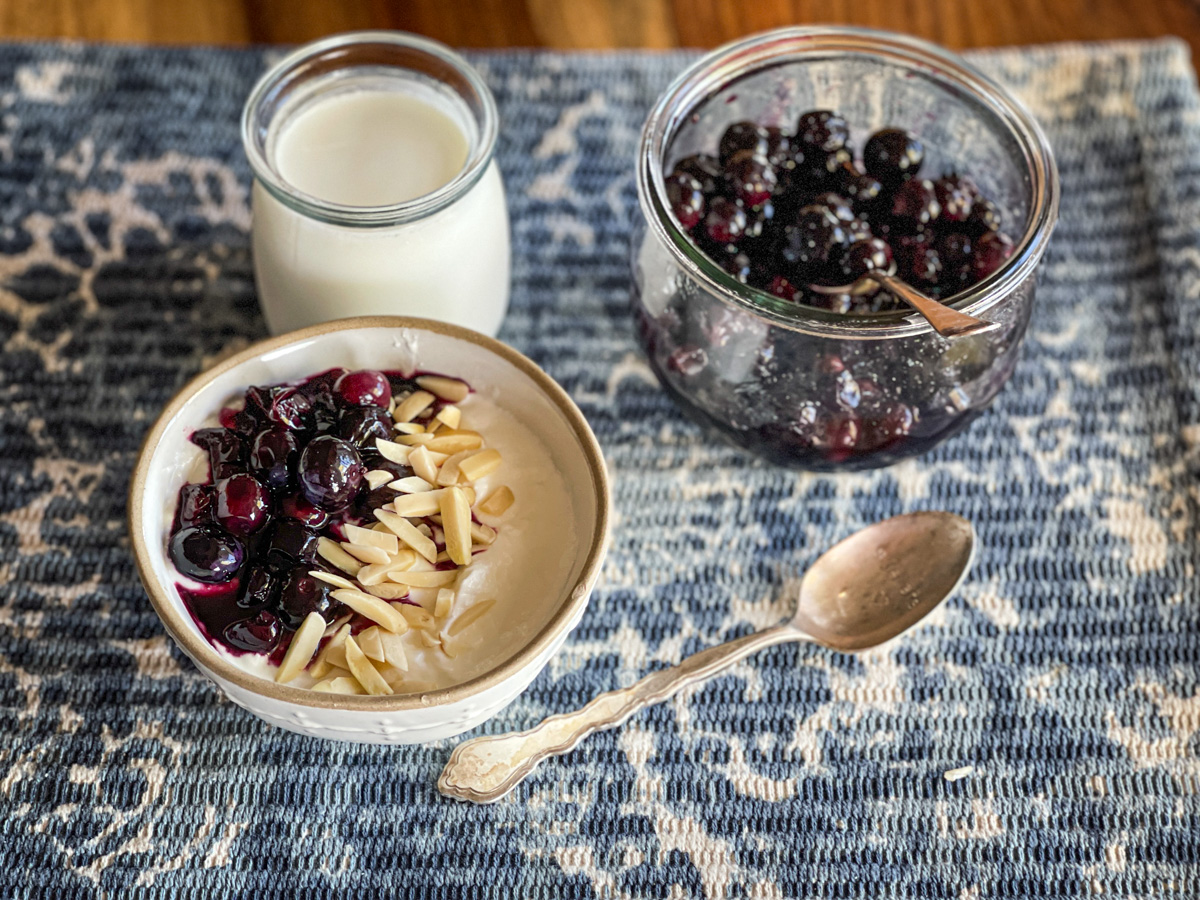
UTIs, Yeast Infections, and Cultured Foods
Understanding How Bacteria Work In The Body
We know that more than half of all women will experience the burning urgency of a urinary tract infection (UTI) in their lifetime. Although men also suffer from these infections, the occurrence is much less frequent due to anatomical differences. If you experience discomfort when you urinate, you may have an infection. There are two types of infections that commonly affect these areas - urinary tract infections (which are also called bladder infections) and yeast infections. While these are different conditions, some of their symptoms, causes, and prevention methods are similar.
Bladder infections often cause a frequent urge to urinate, a burning sensation during urination, and bloody, cloudy, or pungent-smelling urine. While a yeast infection may include pain when urinating, you’ll also experience pain and itchiness in the affected area. Vaginal yeast infections also typically cause a thick, milky discharge. UTIs are normally treated with antibiotics; but what you really need to know is that if you do have to take an antibiotic, you need to replace the good bacteria that is wiped out by the antibiotics.
Dr. Ann Stapleton, Professor of Medicine at the University of Washington, stated, "When a UTI occurs, gut bacteria like E. coli take up residence in the vagina and displace good bacteria that normally live there. UTIs cause pain during urination, and can even lead to back pain, fever. and bladder and kidney infections. Women take antimicrobial medications to combat these infections and the medications wipe out all bacteria, both good and bad. But for some women, the bad bacteria grow back to cause a recurrent UTI. Probiotics help to restore the natural bacterial environment to make it hard for the bad bacteria to cause another infection."
I have seen this in myself and in so many people. If they take the antibiotics to rid themselves of the bladder infection but don't replenish the good bacteria that the antibiotics wiped out, consequently they have a big battle with recurring infections even though they take multiple antibiotics. If you do find yourself in this situation, consuming probiotic foods will help keep out pathogens, parasites, bacteria, and viruses, especially Gardnerella, Proteus, Chlamydia, Campylobacter, Neisseria, Treponema, Salmonella, and Escherichia coli (E. coli). 1 These are the urinary tract bacteria that can cause yeast infections and bladder infections.
Berries And Bacteria For UTIs
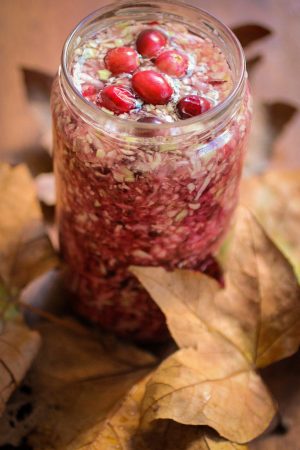
Cranberries have proanthocyanidins (PACs) which are very powerful antioxidants that remove harmful free radicals from cells. They have shown that the antioxidant power of PACs is 20 times higher than that of vitamin C and 50 times higher than vitamin E. That gives this berry superpowers! The PACs in cranberries have a special structure called A-type linkages.3 The special structure of PACs in cranberries acts as a barrier to harmful bacteria that might latch on to the urinary tract lining.
WebMD reports that if you drink unsweetened cranberry juice, within eight hours the levels of bad bacteria in the urinary tract decrease. Thus, cranberry juice could prevent an infection. Raw blueberries and blueberry juice are rich sources of vitamin C and proanthocyanidins. These compounds can help flush bacteria from the urinary tract.
In a new study in The Journal of Biological Chemistry, scientists found that when we eat certain foods (such as cranberries and blueberries), our bodies break them down into small molecules during the process of digestion. This can influence how well E. coli (the most common cause of UTIs) can or cannot grow in our urinary tracts. "We didn't set out to link diet to urinary tract infections at all," said the study's author Jeffrey Henderson, MD, Ph.D., Assistant Professor of Medicine and Molecular Microbiology at the Washington University School of Medicine. "We were looking at immune response—how the body naturally fights infections.” Their finding was a surprise. "Your body makes a protein called siderocalin that is known to control bacterial growth, and it shows up in the urine of people with UTIs, like the body's first responders," Henderson explains. They found large differences in people's ability to fight infections. Some exhibited greater bacteria-fighting power. Certain foods they were eating helped siderocalin do its job, which is to deprive bacteria of iron, a mineral it needs to grow. "Siderocalin uses these dietary compounds as molecular grips to bind to iron and keep it away from the bacteria," Henderson says. "If you can keep iron away from the bacteria, you prevent it from growing." Blueberries, cranberries, and tea, along with fermented milk products topped the list of foods that can help process the foods you eat into more of those bacteria-busting compounds.
Women and Yeast Infections
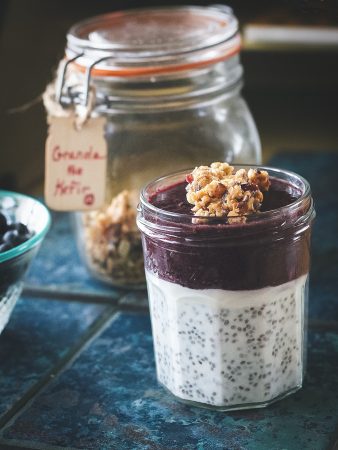
Looking for balance, not complete extinction
Candida is something that everyone is talking about and seems to be afraid of. Most thought if we could just stamp out the bad bacteria (and now Candida) all our problems would go away, but this is not the case. If we will build up the good yeasts and bacteria, they will solve the problem for us and also create a balance that otherwise wouldn’t exist within our bodies. Killing bacteria kills both the good and the bad, and the same with Candida – you want a small amount to remain but you really are looking for balance, not complete extinction. It’s the same story, again and again, good versus evil. If you focus on the good instead of only destroying the bad, the good will be in control, will dominate, and will bring things into balance. The struggle will cease.
Studies have shown that when you add probiotics from the Lactobacillus family you downregulate Candida, stopping yeast infections and keeping them from recurring.2 I can think of no better way to do this than through cultured foods, which are loaded with many probiotics, especially those from the Lactobacillus family.
Eating Cultured Probiotic Foods Makes It Hard For Pathogens To Survive
It comes as no surprise to me that bacteria organize communities of bacterial responses to help us fight pathogens. This does depend on what you eat, and especially the strength of your microflora. Cultured foods can help build up the good bacteria and make it strong crowding out Candida and unwanted harmful bacteria bringing balance and order. Check out some of my favorite cultured foods (below) that help to make your gut flora strong and robust.
Kefir
Kefir has more good bacteria than any other cultured food and is a powerful ally in preventing and combatting UTIs and yeast infections. Making a kefir smoothie with cranberries or blueberries can flood your body with all the components it needs to help stop UTIs and yeast infections. One study found that milk Kefir, with its 50+ probiotics was impressive at inhibiting Candida albicans and harmful bacteria. This interesting study added kefir to a sugar broth (molasses, demerara sugar, and brown sugar) and it still inhibited bad bacterial growth as well as Candida albicans. Several strains of bad bacteria such as Salmonella and E. coli were added, and the kefir inhibited all of them! 4
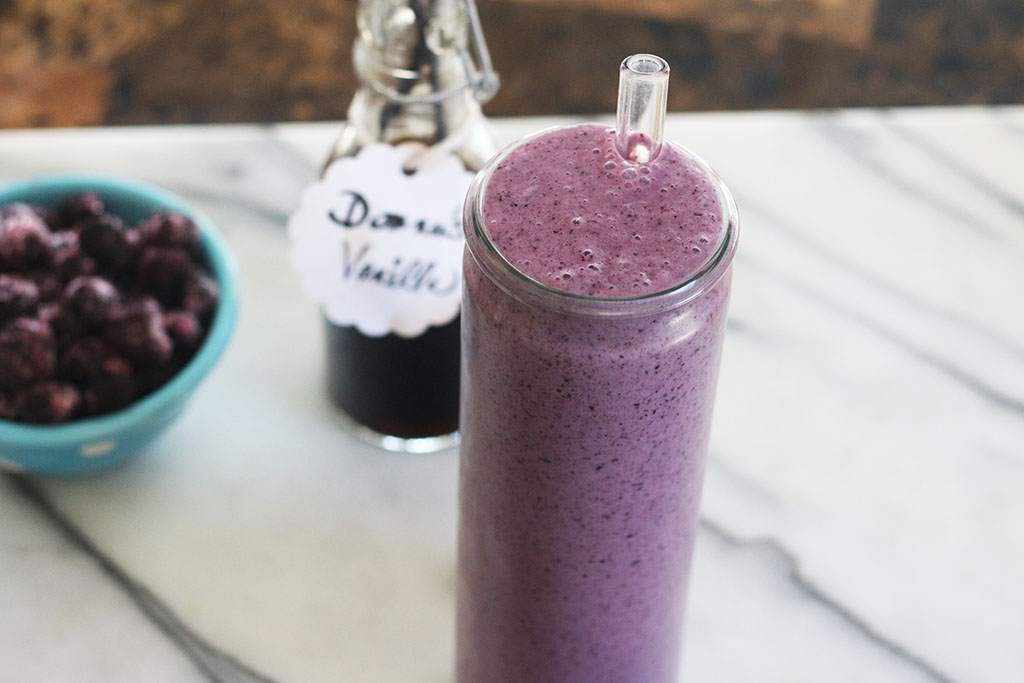
Kombucha
A lot of people avoid cultured foods - especially kombucha - when they have an overgrowth of Candida, believing that these foods actually make the condition worse. Saccharomyces boulardii, a probiotic yeast, is abundant in kombucha. S. boulardii is able to effectively compete with and displace harmful yeast strains such as Candida.5 S. boulardii is absent from the natural gut since it is a transient yeast that passes through the intestines after ingestion. If taken every day, it achieves a steady stream in the colon within three days and is cleared from the stools two to five days later.6 It does not attach to the mucosal cell lining, but works its magic on you as it moves through the gastrointestinal tract. When S. boulardii is present, it inhibits toxins from binding to intestinal receptors and steals the metabolites it needs to survive. Thus many pathogens pass out of the body unable to survive in the presence of this powerful probiotic. They even found that other pathogen strains like E. coli, Salmonella typhimurium, and S. typhi adhere to the surface of S. boulardii, thus preventing them from attaching to the mucosal lining and passing through the body rendering them harmless. S. boulardii also produces anti-fungal substances such as capric, caprylic, and caproic acids. When dealing with a yeast overgrowth, it is important to drink the first-fermented kombucha and not the second-fermented ones with fruit juice to ensure that all the sugars are gone and it is properly fermented. Cultured foods can aid in the treatment of Candida overgrowth as long as they are made properly in order to remove the sugars and allow the probiotics to grow and become strong. How to Make Kombucha
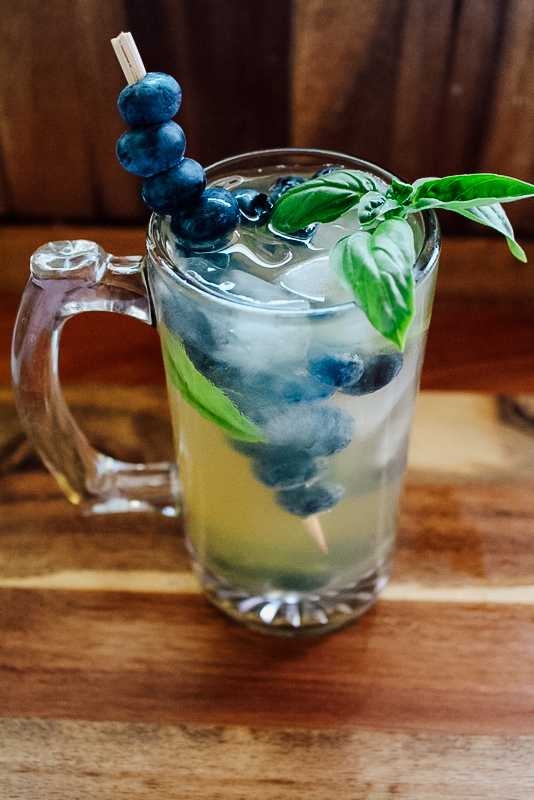
Fermented Vegetables
Sauerkraut is another fermented food that research has found to inhibit Candida albicans and it also has antibacterial activity. Fermented kraut juice was observed to be effective against Escherichia coli (E. coli), Salmonella enterica, Staphylococcus, and Bacilllus amyloliquifaciens. 7 It was shown to have antibiotic and antifungal activity against a wide range of bacteria and fungi. It was concluded that the antifungal activity of sauerkraut juice is comparatively better than commercial antibiotics. Further research is being done to find treatments for a variety of pathogens. How to Make Cultured Veggies
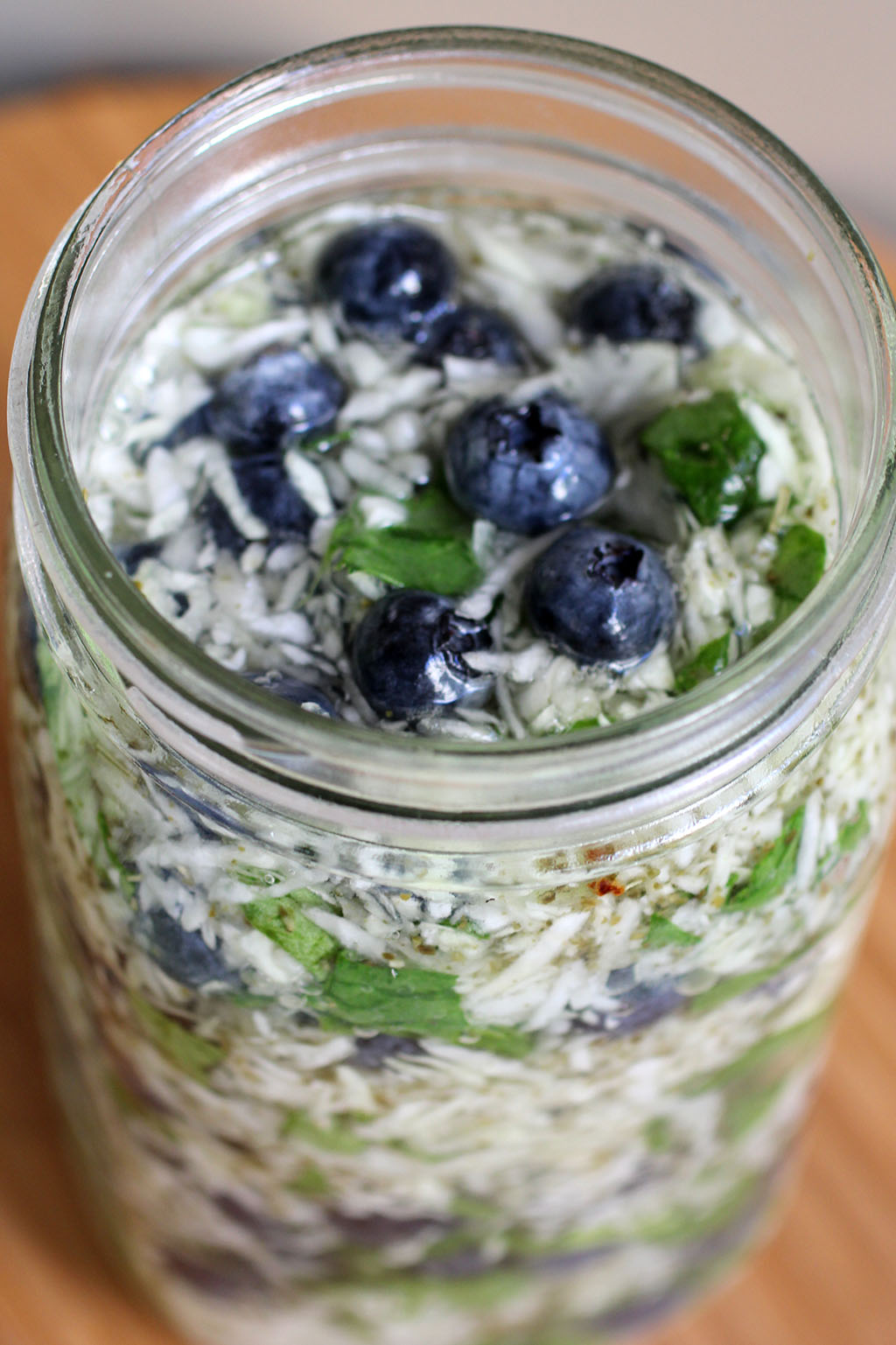
L. Gasseri Yogurt
Lactobacillus gasseri (L. gasseri) is a very important microbe that lives in the genital, urinary, and digestive systems of the body. It also has the special ability to live in the upper gastrointestinal area similar to Lactobacillus reuteri (L. reuteri). L. gasseri is also believed to offer other specific health benefits. It has been helping those with SIBO[8] and other health benefits include the prevention of bacterial vaginosis [9,10]and peptic ulcers, [11,12]as well as the control of ulcerative colitis,[13] inflammatory bowel disease,[14 ] and irritable bowel syndrome. [15]
We have an L. gasseri yogurt which is one of the most effective ways to get more L. gasseri into the body and begin to crowd out pathogens and harmful bacteria. How to Make L. Gasseri Yogurt
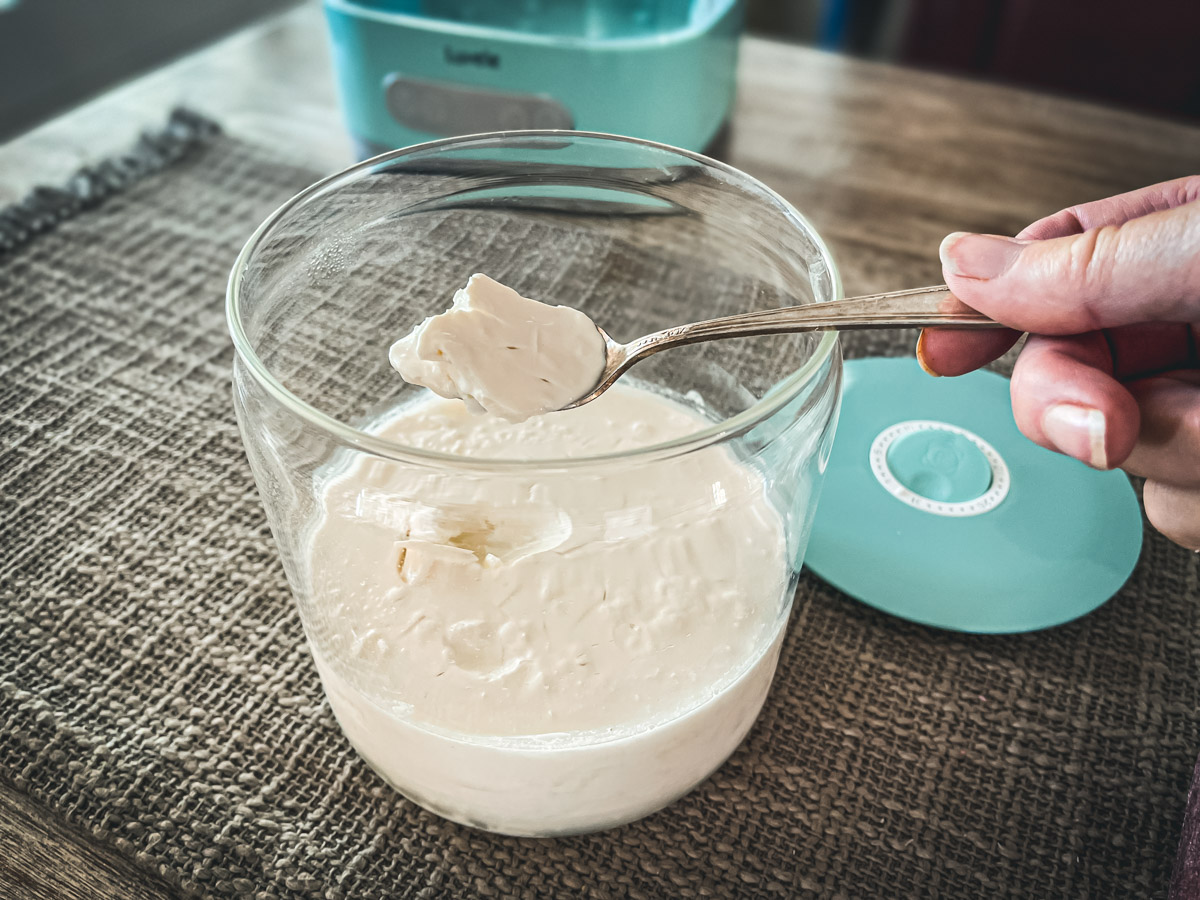
L. Reuteri Yogurt
L. reuteri yogurt is a new cultured dairy that is creating quite a buzz. It is technically not a yogurt since most yogurts have certain strains but be that as it may, it is one of the most potent microbes I have seen since I started making kefir decades ago. L. reuteri colonizes the upper gastro area and not the colon, and I really have seen its effects on Candida since Candida can live in different parts of the body.
The good bacteria L. reuteri exhibited antifungal properties against five of the six most common oral Candida species. It eliminated these species and is now being studied for the treatment of SIFO (small intestinal fungal overgrowth). SIFO is characterized by the presence of an excessive number of fungal organisms in the small intestine associated with gastrointestinal (GI) symptoms.[16]
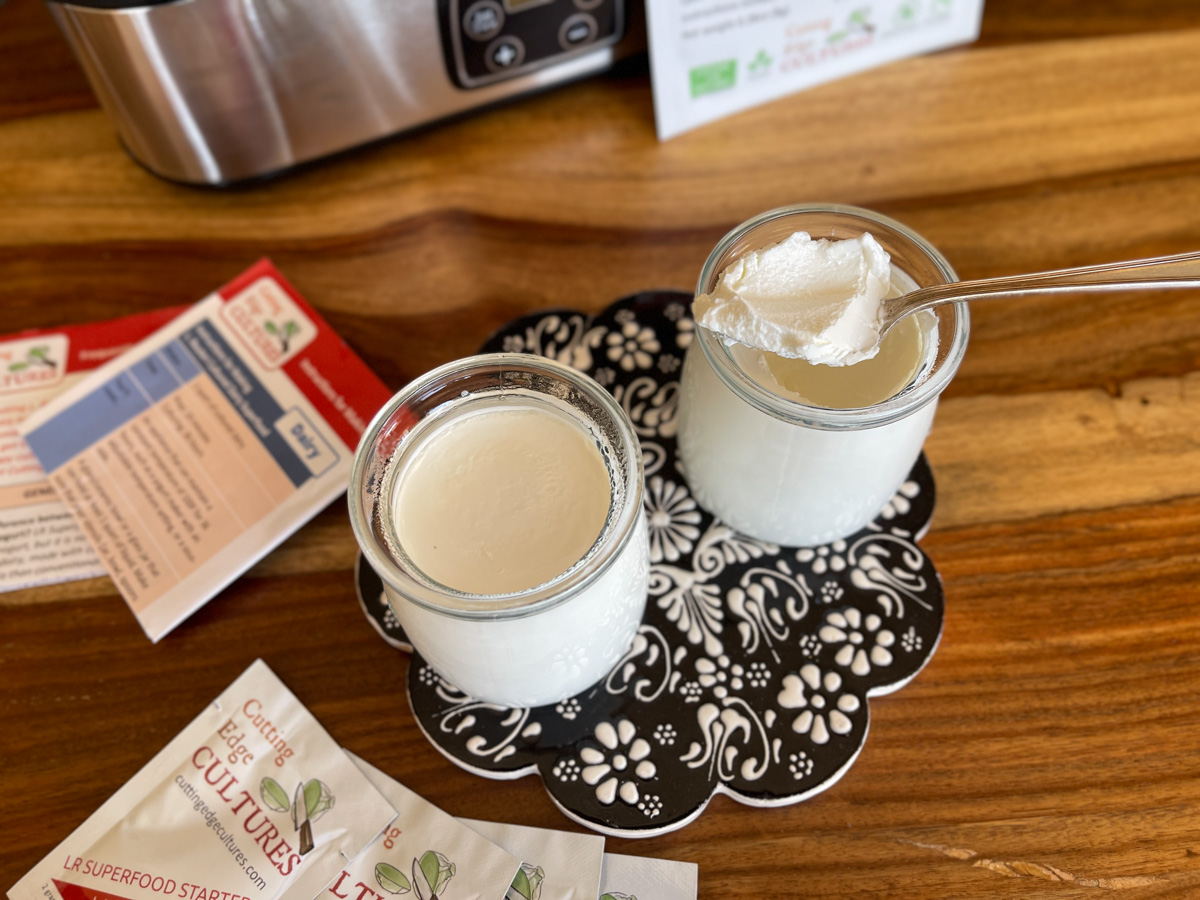
D- Mannose
D-mannose is a naturally occurring simple sugar that your body utilizes to help cleanse the urinary tract and maintain a healthy bladder lining. D-mannose can either be used to prevent infection or you can use it in the very early stages of an infection when you first begin to feel off. D- mannose is only metabolized in small amounts, with excess amounts rapidly excreted in the urine, so it won't interfere with healthy blood sugar regulation. If you do feel early warning signs of a UTI, taking a high dose of about 5 grams for a short time, and it may help your body get rid of the bacteria on its own without antibiotics. [17]
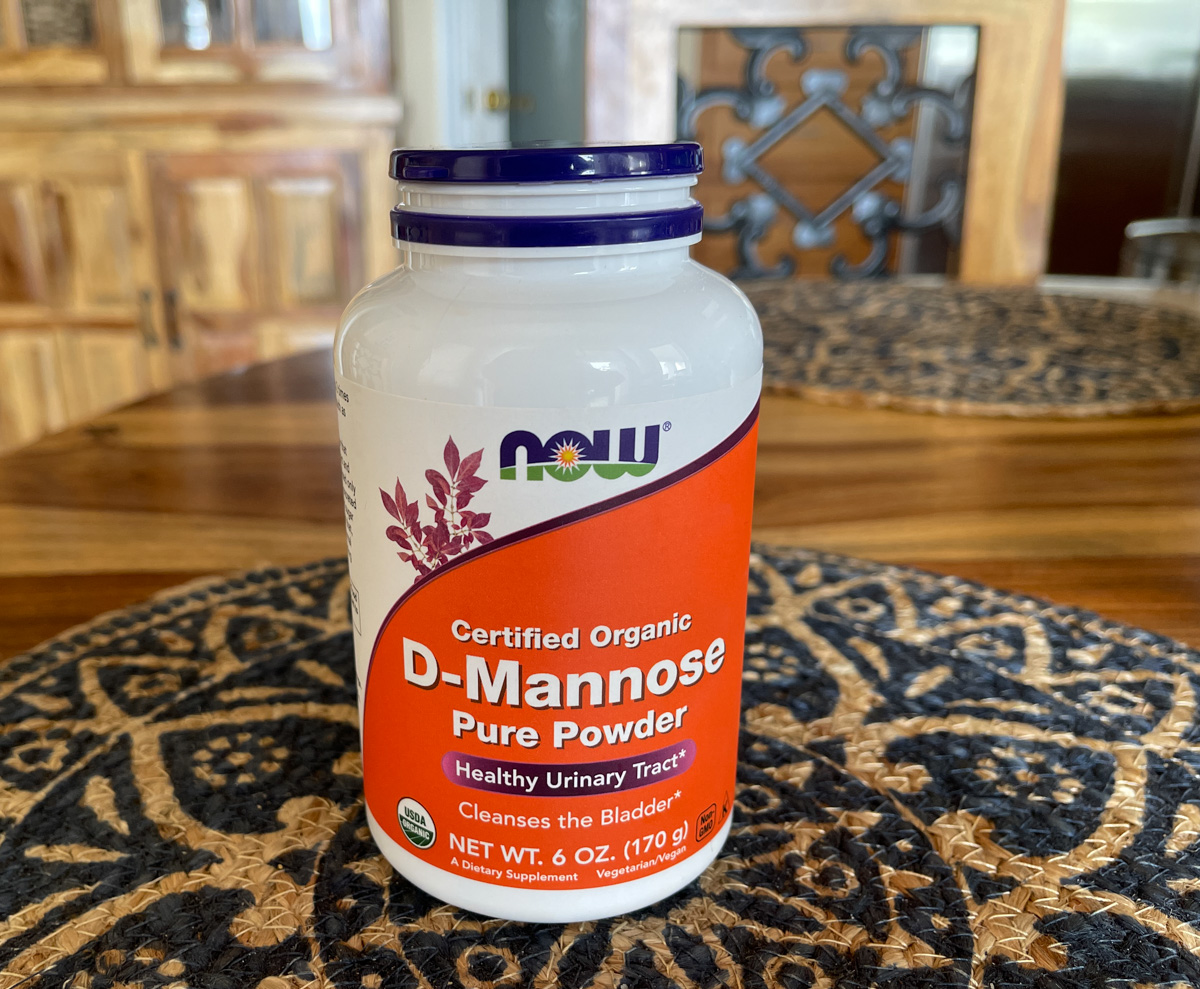
Healing Crisis
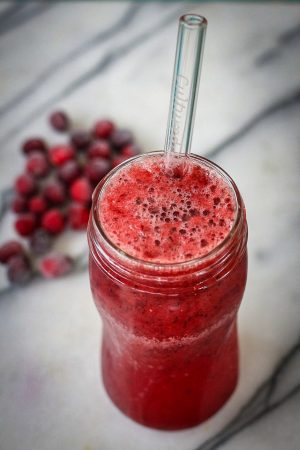
I just thought I would share what has worked so effectively for me. Makes sense to me – flood the body with good bacteria and it will counteract the toxic bacteria and fungi that can wreak such havoc on your life. I can help you make these foods a part of your life. I'm really good at it, and I've been doing this for almost two decades.
It is my belief that one of the most powerful medicines on the planet is what you eat!
References:
- Hawrelak J. Giardiasis: pathophysiology and management. Alternative Medicine Review. 2003;8(2):129–142.
- www.ncbi.nlm.nih.gov/pubmed/23361033
- A-Type Proanthocyanidin Trimers from Cranberry that Inhibit Adherence of Uropathogenic P-Fimbriated Escherichia coli
- https://www.ncbi.nlm.nih.gov/pubmed/18663417
- https://onlinelibrary.wiley.com/doi/full/10.1111/j.1574-6968.2010.02037.x
- Saccharomyces boulardii CNCM I-745 supports regeneration of the intestinal microbiota after diarrheic dysbiosis – a review
- https://irjponline.com/admin/php/uploads/2079_pdf.pdf
- https://www.facebook.com/watch/live/?ref=watch_permalink&v=777449332819645
- https://pubmed.ncbi.nlm.nih.gov/35546374/
- https://www.sciencedirect.com/topics/medicine-and-dentistry/lactobacillus-gasseri
- https://www.karger.com/Article/Abstract/452361
- https://www.spandidos-publications.com/10.3892/etm.2016.3293
- https://www.sciencedirect.com/science/article/abs/pii/S1756464617307673
- https://www.hindawi.com/journals/ulcers/2011/841651/
- https://www.ncbi.nlm.nih.gov/pmc/articles/PMC6049675/
- https://pubmed.ncbi.nlm.nih.gov/28326154/
- https://www.ncbi.nlm.nih.gov/pmc/articles/PMC8944421/
Listen To My Podcast
Yeast infections and UTIs are no fun and more common than they should be. Certain foods like berries and fermented foods have protective qualities that can keep these problems at bay. Tune in to learn more.
Are you on the list?
Sign up today and I'll send you my free Getting Started Guide!
Each week I'll send you updates, tips, recipes, and more! You might even be a winner of my weekly giveaway! (starter cultures, memberships, and more!)
Come be a part of my cultured food family!

